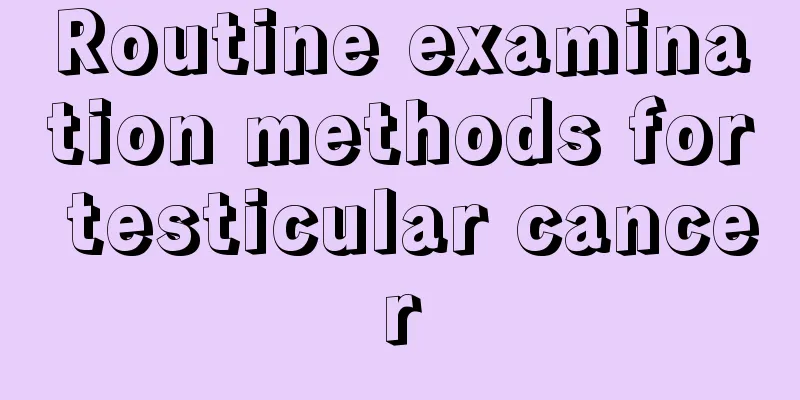Symptoms of Heel Tendonitis

|
People who plan to exercise must pay attention to the condition of Heel tendonitis. At the beginning, they must do a reasonable amount of exercise, especially those who want to lose weight. They don’t need to do a lot, but they must stick to it. Excessive exercise can easily lead to tendonitis. The symptoms of Heel tendonitis are relatively easy to identify. In addition to pain in the heel area, there will also be swelling. And everyone should know that tendonitis is not easy to treat, especially the recurrence is the most distressing, so prevention is better than cure. 1. Symptoms The main symptoms are pain and swelling in the Achilles tendon. If it is posterior Achilles tendon bursitis, the local protrusion will be more obvious, and there will be tenderness above the attachment point of the Achilles tendon. The pain will be more severe when walking, running or jumping high. If it is posterior calcaneal bursitis, the translucent triangular area behind it can be seen on the lateral view of the ankle joint disappears or becomes unclear, and obvious tenderness can be felt in the gap between the calcaneus and the Achilles tendon. If puncture is performed, it can be distinguished whether it is posterior Achilles tendon bursitis or posterior calcaneal bursitis. 2. Reasons Increasing exercise intensity too quickly, suddenly increasing the time for a long time, wearing shoes that do not fit your foot shape to exercise, or suddenly doing running training in an unfamiliar venue can all easily cause Heel tendon or muscle strain. Many people often begin to experience pain and swelling in the back of the heel after running or playing ball, especially when the sole of the foot is lifted up. The pain is more obvious. This is Heel tendonitis. Treatment 1. Conservative treatment: including using braces for appropriate immobilization, changing the activities and habits that induce the disease, reducing cold stimulation, local hot compresses, physical therapy, and application of topical medications. 2. Drug treatment: Intrathecal injection of steroid drugs is often effective, generally with a quick onset and long duration of effect. However, care should be taken not to perform repeated steroid drug blockade treatments to avoid tendon lesions or even tendon rupture. Because the tendons of the feet are one of the most important parts of the body, a non-invasive treatment method is required. 3. Surgical treatment: Suitable for patients with recurrent tenosynovitis, poor response to blockade and conservative treatment, and severe symptoms. |
<<: What are the symptoms of feeling dizzy and confused due to a cold
>>: What are the symptoms of wrist syndrome
Recommend
How to prevent recurrence after surgery for rectal cancer turning into liver cancer
Everyone must know that rectal cancer is a malign...
Does thyroid cancer require surgery? Can thyroid cancer be treated without surgery?
Thyroid cancer actually has certain complications...
What are the causes of crooked face
Some bad habits in daily life can easily cause fa...
What are the benefits of soaking your feet in mugwort?
Soaking feet in mugwort leaves is a common method...
How to treat pulmonary fibrosis, common treatment methods
Pulmonary fibrosis is the result of liver damage....
How should fibroids be diagnosed
Usually, what we call fibroids are composed of we...
How to marinate drunken crabs
How to marinate drunken crabs? Crab is a very del...
Does laryngeal cancer affect the heart?
Can throat cancer affect the heart? 1. Throat can...
Will drinking water at night cause eye bags?
Everyone has different living habits. Some people...
What are the methods of surgical treatment for lung cancer? There are 4 methods of surgical treatment for lung cancer
Everyone knows the harm of lung cancer. Lung canc...
What does a hepatitis B carrier mean?
The hepatitis B carrier generally does not mean t...
What are the causes of dull pain in the upper left abdomen
There are many important organs in the abdomen, i...
The best treatment for flat warts, combining Chinese and Western medicine has good results
Flat warts are most common in young and middle-ag...
Interval running training method
We all know that the purpose of interval running ...
Can I walk after two months of fracture?
Fracture is a common disease nowadays. There are ...









